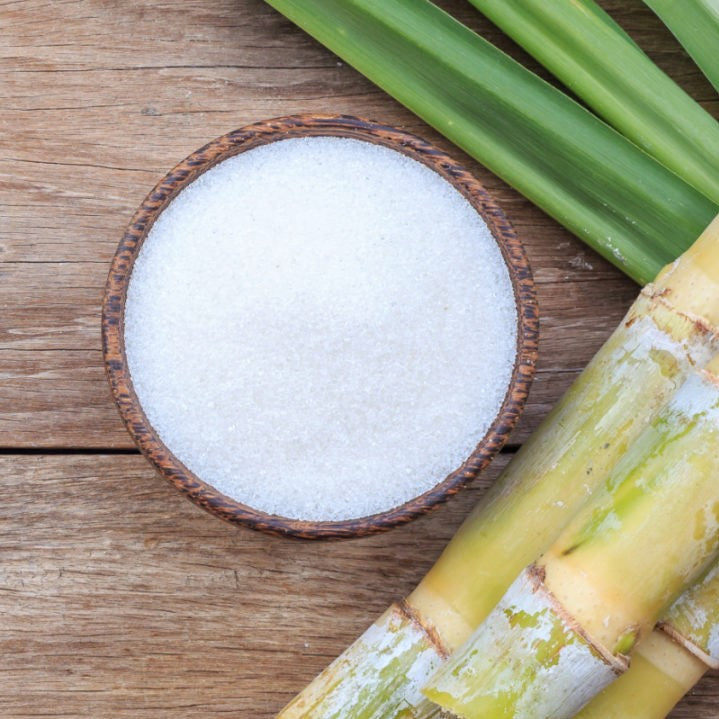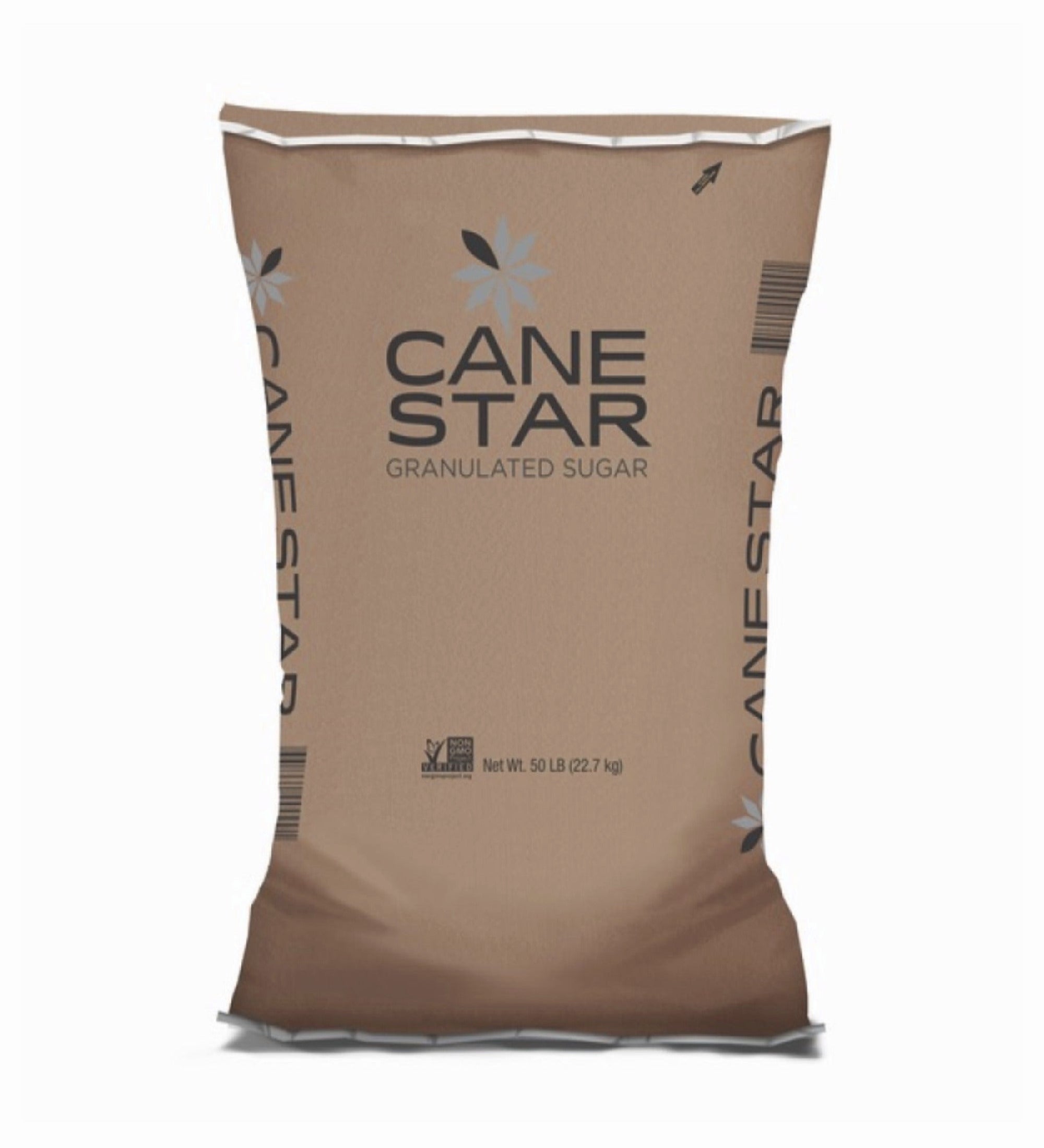The Journey of Cane Sugar Processing: From Harvest to Crystals
The Journey of Cane Sugar Processing: From Harvest to Crystals
Blog Article
An Extensive Guide to the Ecological Influence and Sustainability Practices in Cane Sugar Processing
The ecological impact of walking stick sugar handling provides a complicated variety of difficulties that warrant mindful examination. From soil deterioration and excessive water use to the carbon footprint associated with growing and manufacturing, the effects of typical techniques are far-reaching. What particular methods can be applied to strike a balance between efficiency and ecological stewardship?
Summary of Walking Stick Sugar Handling
Walking stick sugar processing includes a collection of organized actions that change sugarcane into refined sugar. At first, collected sugarcane is carried to refining centers, where it goes through cleaning up to get rid of dirt and debris. Following this, the walking cane is crushed to draw out juice, which is after that made clear by eliminating impurities via home heating and the enhancement of lime.
The cleared up juice undertakes dissipation, where water is gotten rid of to focus the sugar content. This focused syrup is after that crystallized via air conditioning, permitting sugar crystals to develop. These crystals are separated from the remaining syrup utilizing centrifugation, causing raw sugar. To achieve polished sugar, the raw product undergoes more filtration processes, which may consist of washing and filtering system to eliminate remaining pollutants and color.
The final product is then dried out and packaged for distribution. Throughout this entire procedure, keeping effectiveness and quality assurance is important to make sure the sugar fulfills industry requirements. Each action in walking stick sugar handling not only contributes to the final product yet likewise has implications for source use and waste generation, setting the stage for discussions on sustainability and ecological effects connected with sugar manufacturing.
Environmental Difficulties of Manufacturing
The production of walking cane sugar offers a number of substantial environmental obstacles that warrant focus. One primary worry is the extensive use agrochemicals, including pesticides and fertilizers, which can lead to dirt deterioration, biodiversity loss, and contamination of regional water sources. The runoff from sugarcane areas commonly brings these chemicals into neighboring ecological communities, interfering with aquatic life and impacting the health and wellness of areas reliant on these water bodies.
An additional challenge is the high energy consumption related to sugarcane processing. The boiling and refining phases need significant heat, mainly created by melting fossil gas, contributing to greenhouse gas exhausts. In addition, the large land location required for sugarcane farming can lead to deforestation and habitat damage, further worsening environment change and threatening wildlife.
In addition, the labor practices in some regions raise honest concerns, as employees may encounter inadequate working problems and inadequate earnings. This situation typically continues a cycle of hardship in local areas. Cane Sugar Processing. Attending to these ecological challenges is crucial for creating extra lasting techniques in walking stick sugar production, inevitably profiting both the environment and the communities associated with this industry
Water and Land Usage Impact
Water sources and land application are crucial components in the cane sugar market that dramatically impact the environment. The cultivation of sugarcane requires considerable water input, with estimates suggesting that it can consume up to 2,000 liters of water per kilogram of sugar created. This intensive use of water often brings about exhaustion of neighborhood water resources, affecting not only the sugarcane haciendas but additionally bordering ecological communities and communities that depend on the exact same water resources for farming and residential use.

Additionally, land use for sugarcane cultivation can cause logging and the conversion of all-natural habitats right into monoculture plantations. This method diminishes biodiversity, interferes with neighborhood communities, and contributes to dirt degradation. The growth of sugarcane areas often trespasses on beneficial agricultural land, creating competitors for resources between food and biofuel production.
Sustainable techniques, such as maximizing watering strategies and executing crop rotation, are vital to mitigate these impacts. By embracing extra efficient water use and land management approaches, the cane sugar market can lower its ecological impact, guaranteeing a balance between agricultural productivity and environmental conservation.
Greenhouse Gas Emissions
Greenhouse gas emissions stand for a significant environmental problem within the walking cane sugar processing market, specifically as farming practices expand to satisfy international need. The cultivation of sugarcane, a crop that prospers in exotic climates, relies heavily on artificial fertilizers and chemicals, which add to nitrous oxide exhausts. Furthermore, land-use changes, including deforestation for new sugarcane plantations, launch carbon dioxide saved click in plants and dirt.
Throughout handling, energy usage is an additional major resource of greenhouse gas discharges - Cane Sugar Processing. Many sugar mills utilize nonrenewable fuel sources to power machinery and create warm, leading to significant carbon footprints. Moreover, the transport of raw sugarcane and completed items includes layers of discharges via fuel burning in automobiles
The collective result of these emissions intensifies environment adjustment, positioning risks not just to the setting however additionally to the long-lasting feasibility of the market. Stakeholders must recognize the urgent need for comprehensive approaches that deal with these exhausts. This entails assessing present farming techniques, refining methods, and transport systems to recognize locations for improvement and mitigation. Resolving greenhouse gas discharges is necessary for promoting an extra sustainable walking stick sugar sector in a transforming climate.

Lasting Practices and Innovations
Sustainable methods and innovations are increasingly vital in the walking cane sugar processing sector as stakeholders look for to minimize ecological impacts while maintaining performance. One substantial innovation is the implementation of incorporated plant administration, which maximizes resource use by incorporating dirt administration, parasite control, and crop turning methods. This technique boosts return while decreasing chemical inputs and preserving soil health and wellness.
In addition, the fostering of renewable energy resources, such as biomass from sugarcane residues, has actually obtained traction - Cane Sugar Processing. By transforming waste products right into power, processing centers can lower their dependence on fossil fuels, consequently decreasing greenhouse gas exhausts
Water management practices have also seen renovations with the recycling and reusing of water in handling plants, substantially lowering freshwater usage. Innovations in innovation, such as accuracy agriculture, enable farmers to keep an eye on plant health and source usage better, making certain lasting growing practices.
Additionally, accreditation programs like Fair Profession and Rain forest Alliance urge ecologically accountable farming methods and promote social equity within the supply chain. By embracing these lasting practices and technologies, the walking stick sugar processing industry can enhance its durability and add discover this positively to ecological stewardship.
Final Thought
The environmental influence of walking cane sugar handling provides significant challenges, consisting of soil destruction, high water consumption, and greenhouse gas exhausts, along with ethical problems related to labor methods. Dealing with these problems with lasting techniques, my review here such as incorporated crop management, eco-friendly energy adoption, and water recycling, is essential. By advertising eco liable and socially equitable techniques in sugar production, the sector can mitigate its damaging effects, guaranteeing a more lasting future for both communities and communities associated with this industry.
Walking cane sugar processing includes a series of methodical actions that change sugarcane right into polished sugar. Each step in walking stick sugar handling not just contributes to the last item however likewise has implications for source use and waste generation, setting the phase for discussions on sustainability and ecological influences associated with sugar manufacturing.
Greenhouse gas emissions stand for a significant environmental issue within the walking stick sugar handling industry, specifically as farming methods increase to meet international need.Lasting practices and innovations are progressively vital in the walking stick sugar processing sector as stakeholders look for to lower ecological influences while preserving productivity.The ecological impact of cane sugar processing offers substantial difficulties, including dirt deterioration, high water consumption, and greenhouse gas exhausts, along with moral concerns associated to labor practices.
Report this page